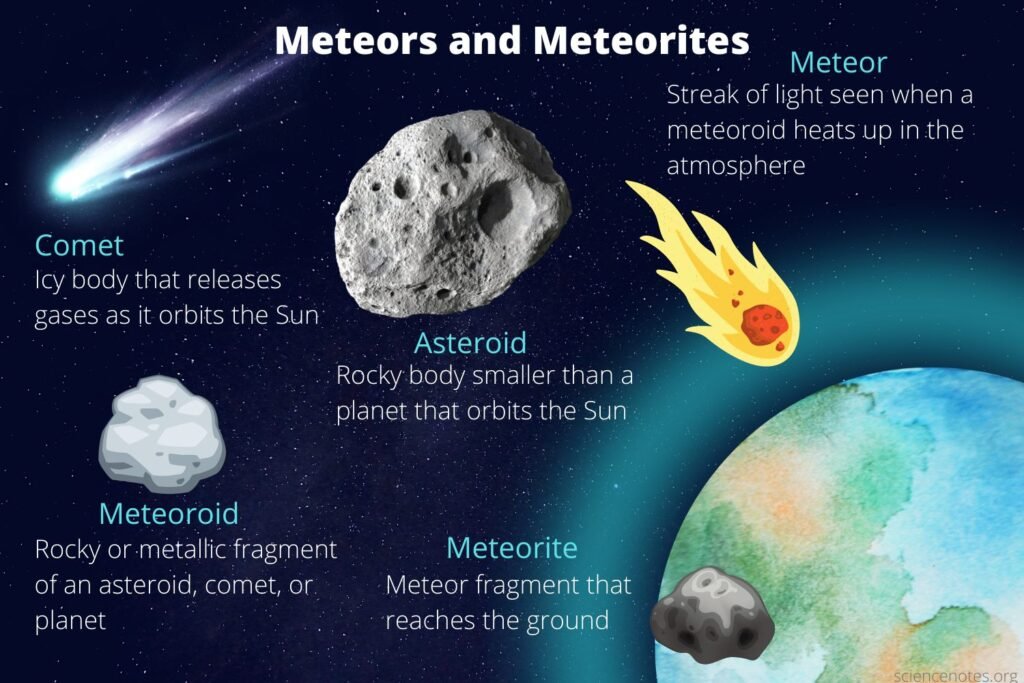An asteroid will make a close approach to Earth: Basics Explained

An asteroid will make a close approach to Earth on December 15, passing by at a distance of just 6,86,000 km from Earth.
According to the Nasa Joint Propulsion Laboratory (JPL), an asteroid is classified as a near-Earth object when its distance from our planet is less than 1.3 times the distance from Earth to the Sun (the Earth-Sun distance is about 93 million miles).
LEARNING FROM HOME/ WITHOUT CLASSES/ BASICS
An asteroid is a rocky object that orbits the Sun. Asteroids are smaller than a planet, but they are larger than the pebble-size objects we call meteoroids.
Small icy dirtballs that orbit the Sun are Comets; are made of ice and dust while asteroids are made of rock).
A meteor is a space rock—or meteoroid—that enters Earth’s atmosphere, as it – burns up upon entering Earth’s atmosphere, it creating a streak of light in the sky (often called “shooting stars“). When Earth encounters many meteoroids at once, we call it a meteor shower. If a meteoroid survives its trip through Earth’s atmosphere and lands on Earth’s surface, it is a meteorite.
Asteroids and Comets
are small, rocky objects that orbit the Sun. Scientists consider them remnants from the giant cloud of gas and dust that condensed to create the sun, planets, and moons some 4.5 billion years ago.
Today, most asteroids orbit the sun in a tightly packed belt located between Mars and Jupiter.
Galaxies are sprawling systems of dust, gas, dark matter, and anywhere from a million to a trillion stars that are held together by gravity. In our galaxy, the Milky Way, the sun is just one of about 100 to 400 billion stars that spin.
The order of the planets in the solar system, starting nearest the sun and working outward is the following:
Mercury, Venus, Earth, Mars, Jupiter, Saturn, Uranus, Neptune
Mercury, Venus, Earth, and Mars— The inner four planets closest to the sun — called the “terrestrial planets“.
Our solar system consists of our star, the Sun, and everything bound to it by gravity. Beyond our solar system, we have discovered thousands of planetary systems orbiting other stars in the Milky Way. The closest star of the solar system is Proxima Centauri.







0 Comments